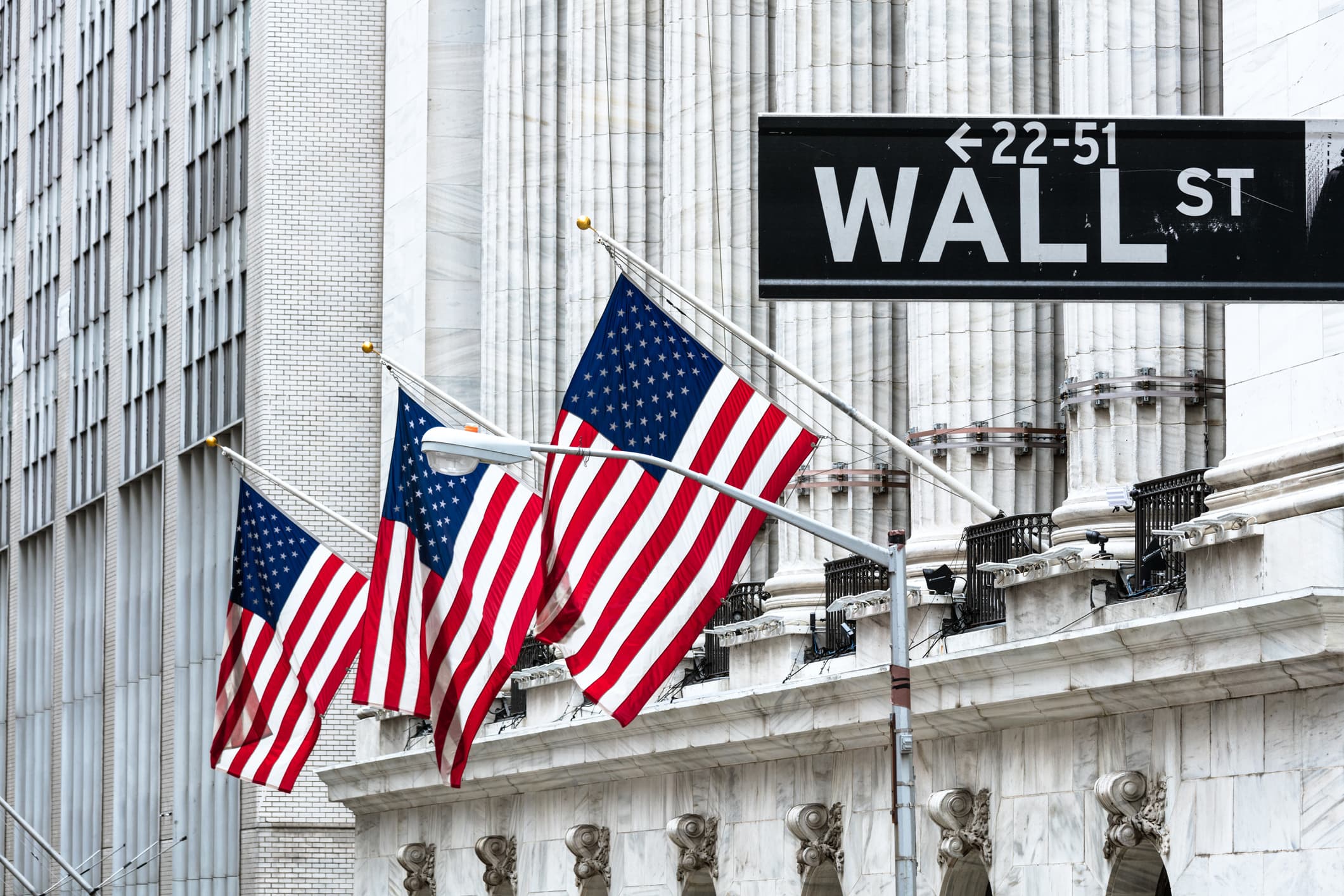Unusual first-day rallies in SPACs raise bubble concern: ‘Every single one of them has gone up’
The crimson sizzling SPAC market is getting even hotter in 2021, elevating issues about rampant hypothesis indifferent from purpose that would depart retail buyers recent off the GameStop bust holding the bag.
Not solely are particular objective acquisition firms elevating a report degree of capital — greater than $30 billion thus far for its greatest quarter ever — pre-merger SPACs are additionally seeing an outsized pop on the primary day of buying and selling.
New offers this 12 months recorded a median leap of 6.5% on their debuts, a virtually six-fold improve from their historic ranges (from 2003 to 2020, the typical first-day return of SPAC IPOs is just one.1%), in line with University of Florida finance professor Jay Ritter.
“Every single one of them has gone up in price. It’s not driven by one or two outliers,” Ritter stated.
Unlike conventional IPOs the place debut pops are typically considered as signal of wholesome investor urge for food and bullish market setting, SPAC preliminary rallies are much less rational in nature. These blank-check firms are empty company shells that raise cash from buyers after which merge with a non-public enterprise inside two years, whereas taking it public.
So when yield-hungry buyers bid up costs of blank-check offers, they’re basically taking a leap of religion betting on one thing with out valuation or an precise enterprise. Many imagine the rise in SPAC costs could possibly be an indication of speculative conduct in a brand new bull market with large liquidity and unchecked animal spirits.
“There’s a lot of money coming into the market,” stated JJ Kinahan, TD Ameritrade’s chief market strategist. “That lends itself to people going outside the course of the S&P 500 or Nasdaq 100. You will continue to see this behavior just because people are looking around to see what else is there besides buying the same stocks everybody else is buying.”
Retail buyers leaping in
There are indicators that the SPAC growth is getting caught up in the retail trader-fueled market frenzy. Bank of America’s consumer flows confirmed that retail buyers symbolize 46% of buying and selling quantity in SPACs on its platform in January, up from about 30% two months in the past. In comparability, the retail crowd takes up solely about 20% of S&P 500 buying and selling on Bank of America’s platform.
“The speculative nature of SPACs seems to be particularly appealing to retail,” Bank of America analysts stated in a observe. “We definitely don’t need to remind anyone what can happen when something speculative comes on the retail radar (ahem, GameStop).”
There is an attract in getting an early piece of a SPAC deal for a lot of retail buyers eyeing high-growth start-ups. However, for the reason that majority of particular person buyers purchase SPAC widespread shares on the open market, they’d most probably miss out on the first-day pop. Plus, many brokers do not provide buying and selling of SPAC warrants, that are a deal sweetener that gives early buyers extra compensation for his or her money.
In reality, for buy-and-hold buyers who solely get in after a deal is struck, they virtually all the time lose cash.
For the 114 firms that went public through SPAC mergers in the previous 10 years, buyers lose 15.6% on common in the event that they purchase a merged firm’s widespread shares on the primary day of buying and selling and maintain it for a 12 months, in line with Ritter. And they lose 15.4% on common in the event that they maintain the shares for 3 years.
However, it is a completely different story for institutional buyers. Hedge funds and different gamers who take part in SPAC IPOs are sometimes in a position to get provide pricing of $10 plus the profit of warrants. They additionally are inclined to promote shares as soon as the merger is accomplished, which may have a destructive impression on costs.
“Institutional buyers figured out these are a great deal,” Ritter stated. “The SPAC IPOs are essentially underpriced default-free convertible bonds. The worst they can do is $10 plus interest, and nobody has lost money.”
Competitive valuations
Another worrying issue is the sheer quantity of offers chasing targets proper now. A report of greater than 300 excellent SPACs are on the hunt, giving non-public firms extra bargaining energy and permitting them to play buyers off towards one one other to get a greater valuation.
“The valuations have of course gotten increasingly competitive,” stated Soumya Sharma, a company lawyer at Troutman Pepper. “The whole reason this is going to survive is that high-end targets are agreeing to merge with SPACs because they believe they are being valued better.”
As goal firms’ valuations grind increased, it reduces the upside potential for the SPAC buyers. Meanwhile, sponsors could possibly be competing for decrease high quality firms, many of which have but to provide a bodily product.
“The last couple of months have been great for the SPAC investors with the returns being really high, but I don’t think it’s going to be able to continue like this,” Ritter stated.
Subscribe to CNBC PRO for unique insights and evaluation, and dwell enterprise day programming from world wide.




